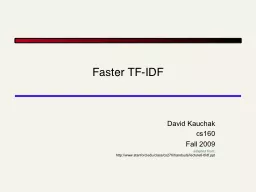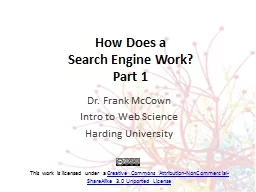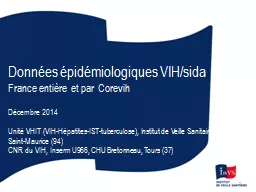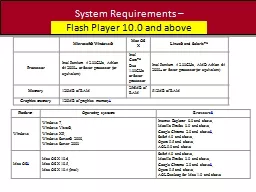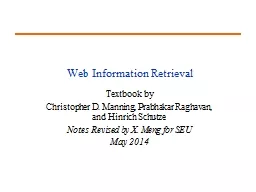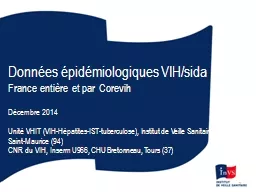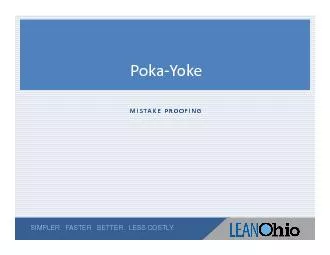PPT-Faster TF-IDF
Author : debby-jeon | Published Date : 2017-10-26
David Kauchak cs160 Fall 2009 adapted from httpwwwstanfordeduclasscs276handouts lecture6tfidf ppt Administrative Assignment 1 Assignment 2 Look at the assignment
Presentation Embed Code
Download Presentation
Download Presentation The PPT/PDF document "Faster TF-IDF" is the property of its rightful owner. Permission is granted to download and print the materials on this website for personal, non-commercial use only, and to display it on your personal computer provided you do not modify the materials and that you retain all copyright notices contained in the materials. By downloading content from our website, you accept the terms of this agreement.
Faster TF-IDF: Transcript
Download Rules Of Document
"Faster TF-IDF"The content belongs to its owner. You may download and print it for personal use, without modification, and keep all copyright notices. By downloading, you agree to these terms.
Related Documents

